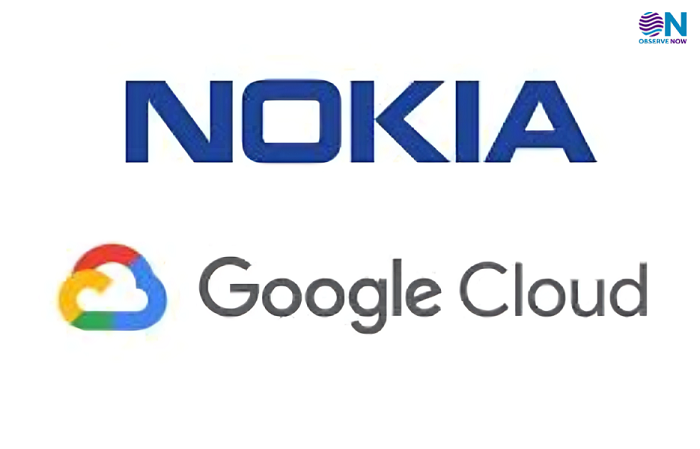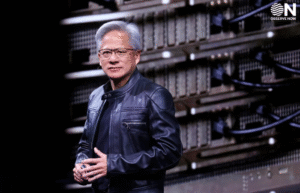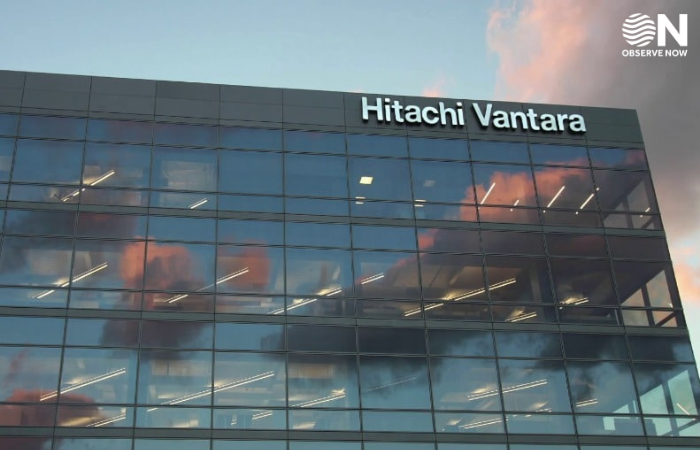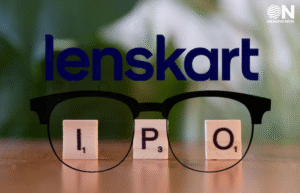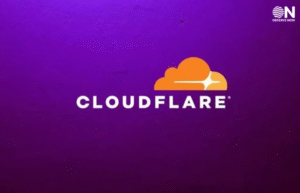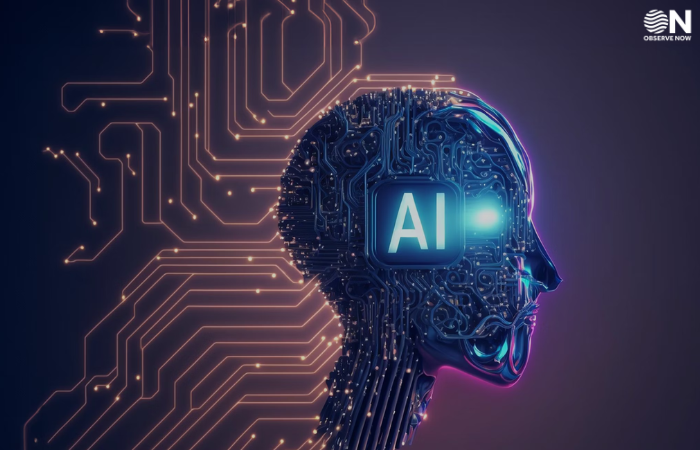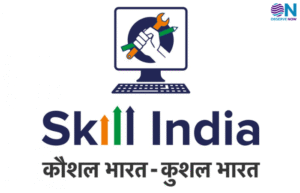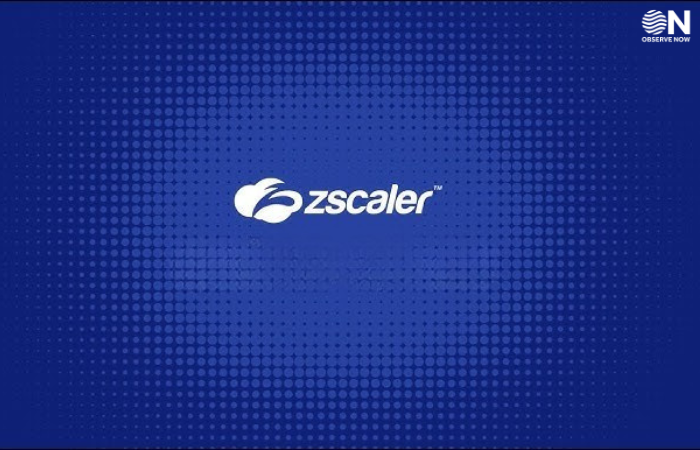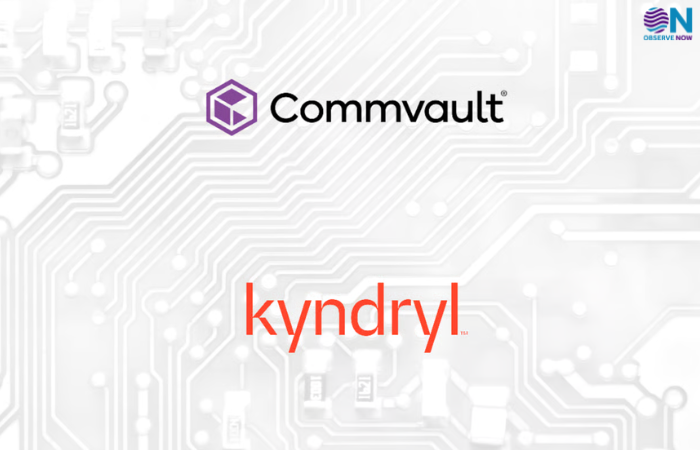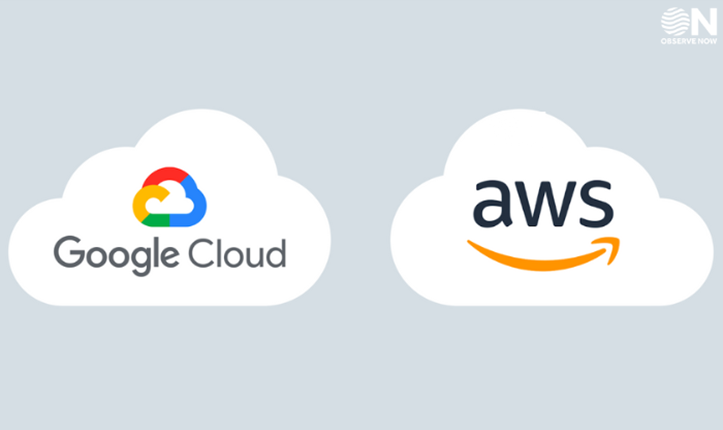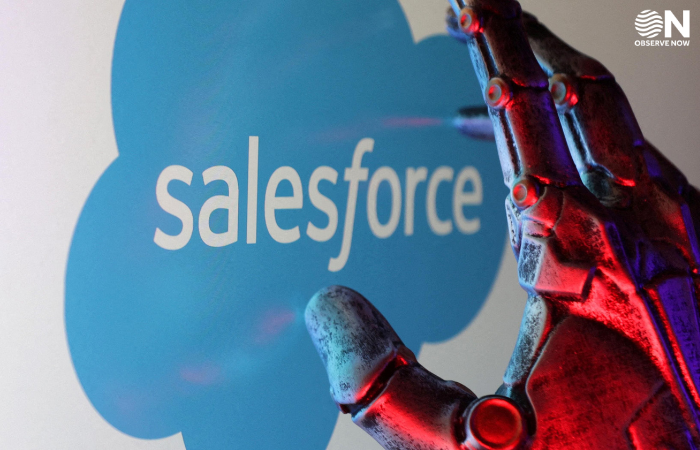Nokia and Google Cloud Join Forces to Deliver AI-Driven Network Automation
Nokia and Google Cloud have announced a strategic collaboration aimed at accelerating the deployment of AI-powered network automation in telecommunications. The alliance brings together Nokia’s network equipment leadership and Google Cloud’s data and AI platform to deliver smarter, more flexible and automated carrier-grade networks.
Under the new partnership, Nokia will integrate its CloudBand automation software with Google Cloud’s Vertex AI tools. This integration enables network operators to take full advantage of machine learning for real-time network management, predictive maintenance, and dynamic resource allocation. Operators will soon be able to apply intelligent models to forecast network traffic, preempt outages, and optimize performance, all using a unified cloud-based toolkit.
By offering network observability, analytics, and automation as a service on Google Cloud, the initiative allows mobile operators and internet service providers to transition away from legacy hardware-bound systems. The proposed solution provides features such as automated troubleshooting, fault detection, and performance prediction. This helps reduce operational complexity while boosting network efficiency and resilience.
A key highlight is the ability to deploy Nokia’s refined ML algorithms for tasks like anomaly detection, capacity scaling and routing optimization directly within Google Cloud. Operators will benefit from lower latency and real-time responsiveness, thanks to seamless integration between cloud-hosted AI pipelines and on-premise network control systems. The platform also enables closed-loop automation workflows where AI incidents trigger automated corrective procedures without human intervention—significantly reducing incidents and improving uptime.
The partnership extends beyond technology integration to joint offering development and ecosystem growth. Nokia and Google Cloud plan to co-market their solution through global telecom partners and encourage vendors and system integrators to build customized network applications using dedicated SDKs. Google Cloud will host Nokia ML models in its public marketplace, simplifying consumption for operators and enabling flexible consumption models.
Both companies see this collaboration as responsive to industry demands for next-generation networks that are more programmable, efficient and AI-managed. As communications providers prepare for the full promise of 5G, edge computing and IoT, having real-time intelligent orchestration becomes essential—and this alliance makes that vision achievable.
In summary, the Nokia–Google Cloud partnership is a significant milestone in telecom transformation. By delivering AI-driven, cloud-native automation solutions combined with advanced monitoring and predictive intelligence, the collaboration aims to lower total cost of ownership for operators and accelerate time-to-market of next-generation network services.


